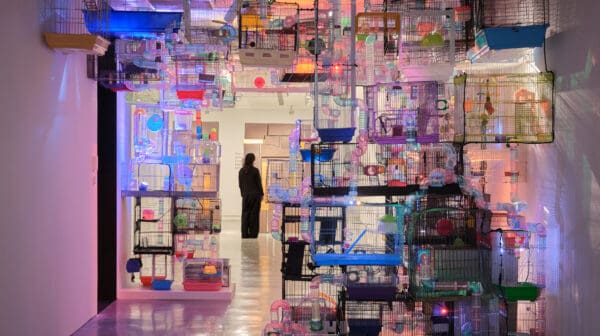
Material curiosities: Primavera 2025
In its 34th year, Primavera—the Museum of Contemporary Art Australia’s annual survey of Australian artists 35 and under—might be about to age out of itself, but with age it seems, comes wisdom and perspective.
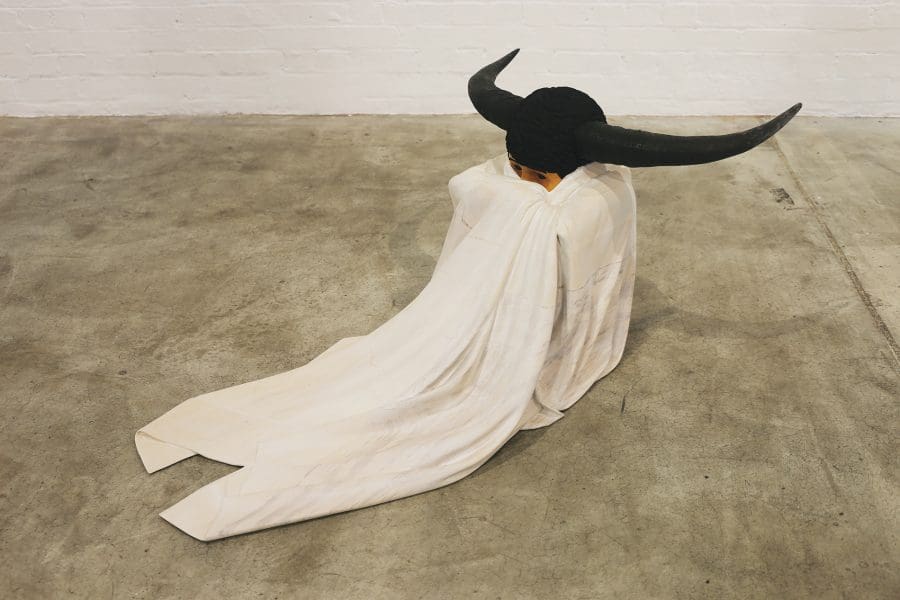
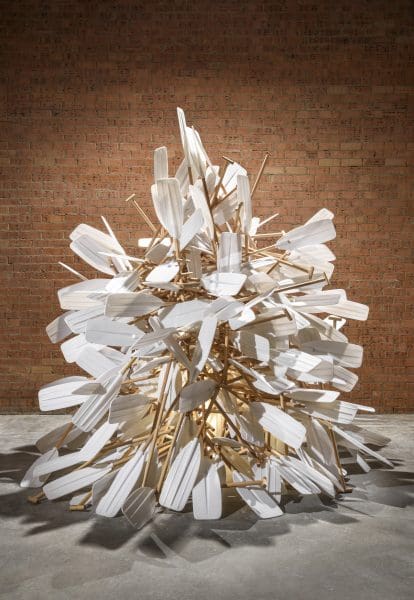
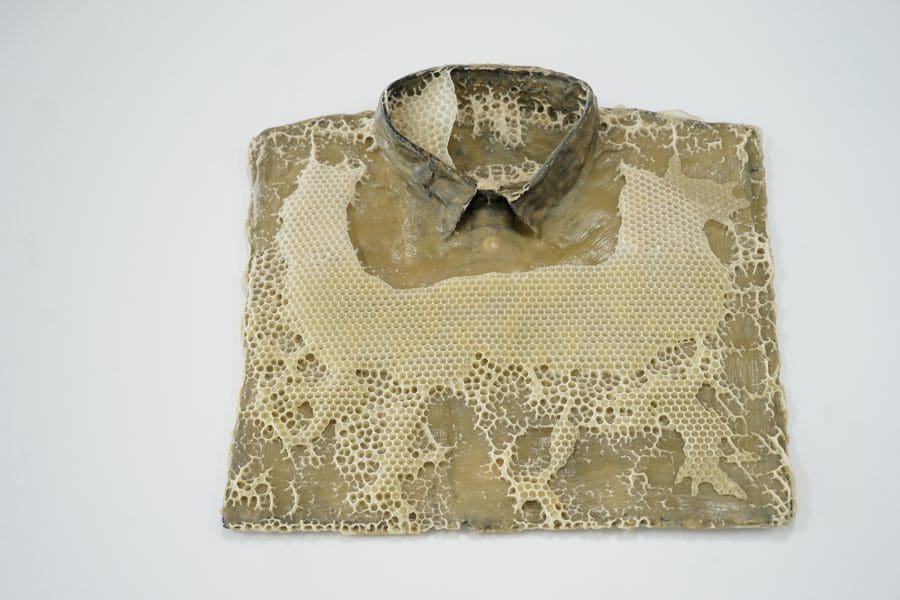

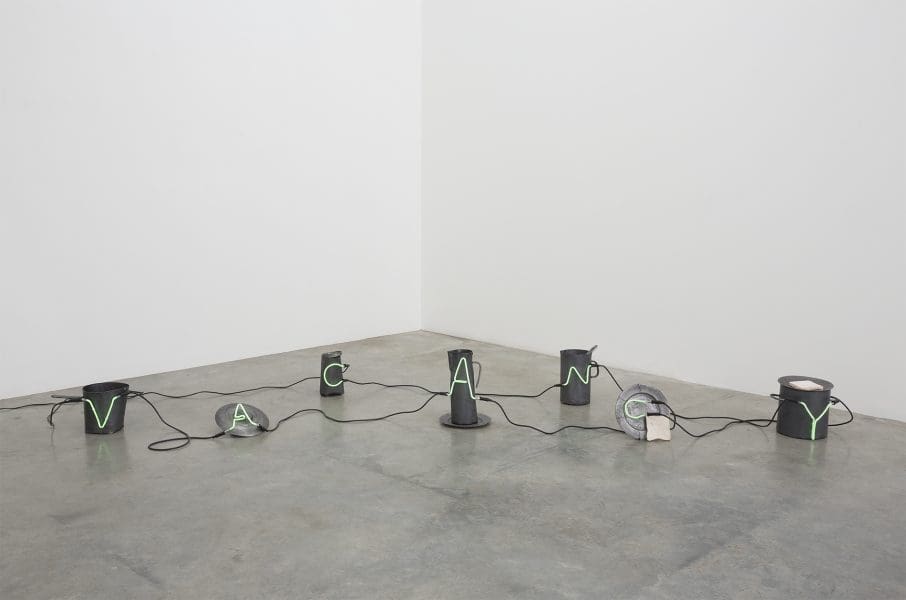
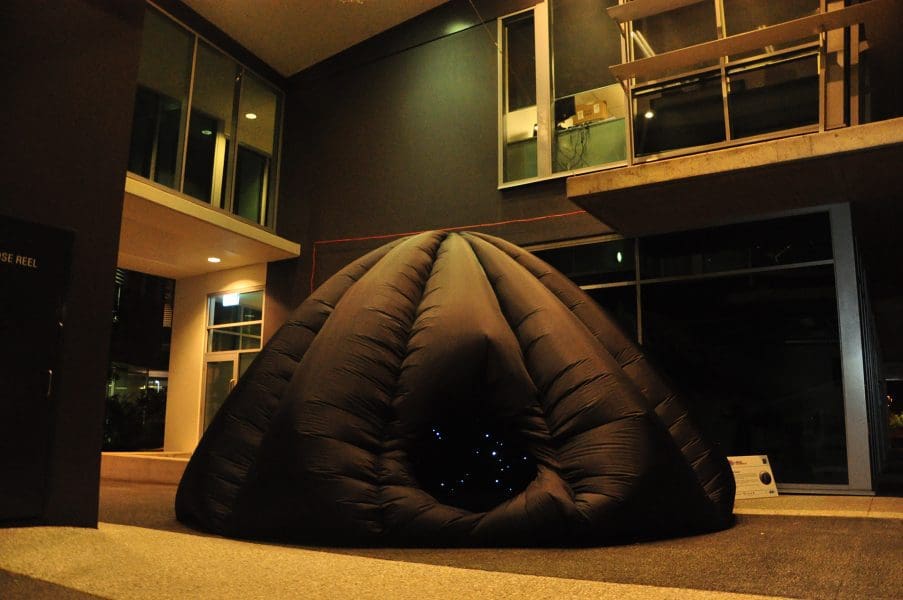
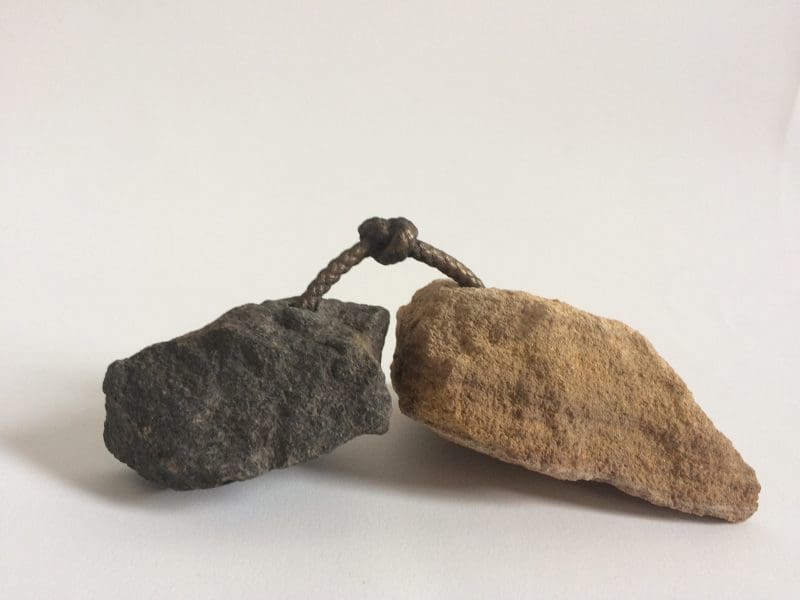
The medium of sculpture is always, to some extent, an inquiry into the nature and possibility of space. What distinguishes Safe Space, a touring exhibition arriving at Tasmania’s Devonport Regional Gallery, is its interpretation of ‘space’ as a concept that incorporates the psychological, the cultural and the surreal.
For Safe Space, curator Christine Morrow has selected 12 Australian artists working across materials ranging from Lego (Claire Healy and Sean Cordeiro) to beeswax (Franz Ehmann) to neon lights (Michelle Nikou).
“I started out with the idea that sculpture is about space, and looked at a lot of contemporary Australian sculptural practice, and also at work that was not typically described as ‘sculpture’ but addressed space in some form,” says Morrow when asked how the idea for the exhibition, and its title, came about.
“I recognised that a pattern was emerging about risk, safety, harm and protection, which coupled with the fact that the expression ‘safe space’ was commanding a lot of currency in public discussion.”
Several works in Safe Space express political points, including Karla Dickens’ mixed-media sculptures that address the sexual and domestic servitude of Aboriginal women, and Alex Seton’s work that centres the concerns of refugees and asylum seekers. But, at the same time, the exhibition also makes room for the playful—sculptures by Keg de Souza and Rosie Miller include participatory and interactive components.
Within this, explains the curator, is an attention to the creation of sculpture, and the viewer’s gaze. “It was also important to acknowledge sculpture as a range of technical practices: the works incorporate carving, modelling, casting and assemblage,” says Morrow.
Safe Space
Devonport Regional Gallery
2 October – 15 November
This article was originally published in the November/December 2020 print edition of Art Guide Australia.